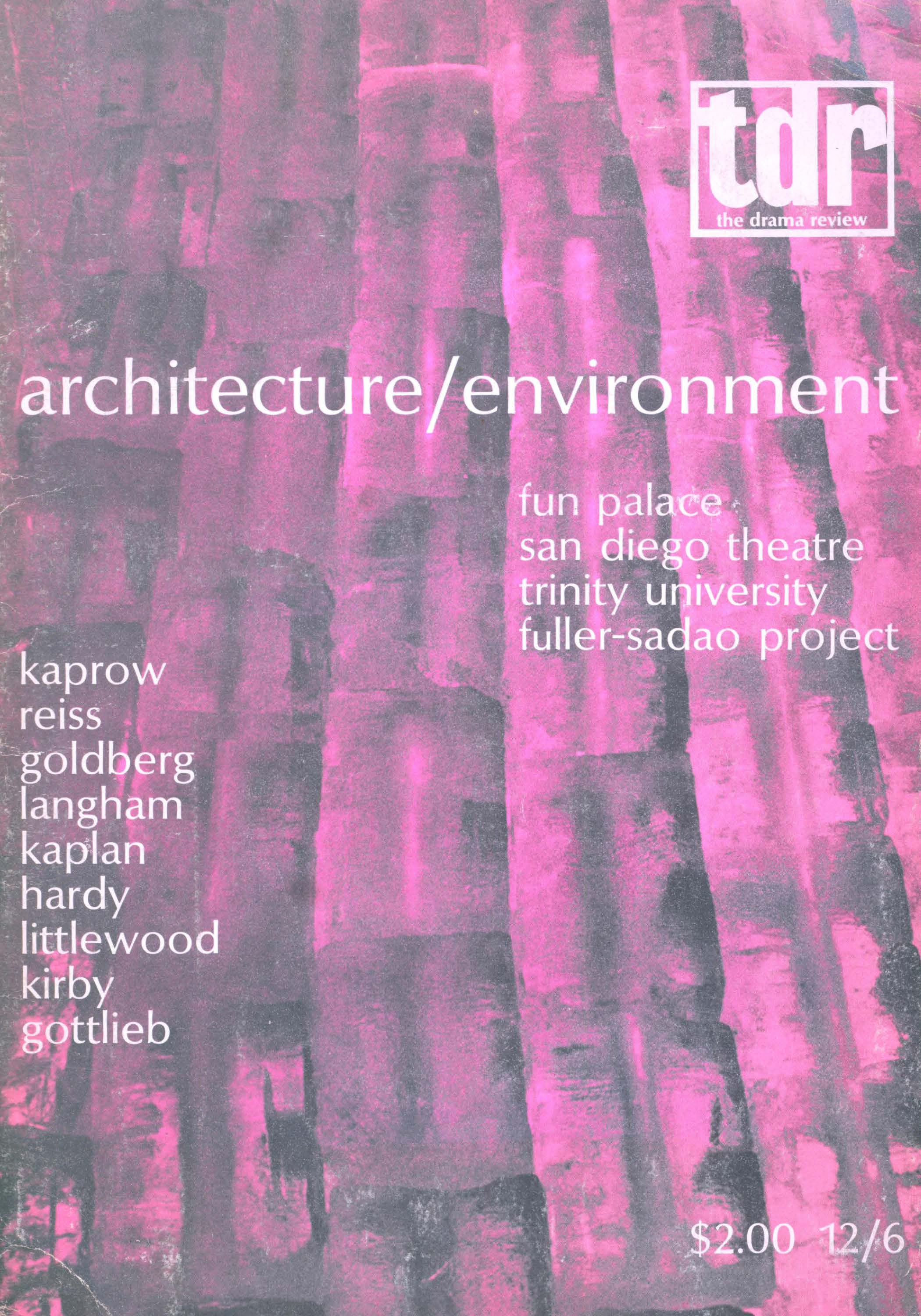Article contents
Peking Drama with Contemporary Themes
Published online by Cambridge University Press: 07 December 2021
Extract
“Peking drama with contemporary themes” is an English translation of Ching-ch hsien-tai bsi—a new phenomenon in Communist Chinese theatre which began in 1958 and was fully developed by 1964. In the Western world it has also been called “modern Peking opera” or “new-style Peking drama.” It is difficult to place this form in any of the theatrical genres of China, for it combines the qualities of a number of Chinese dramatic styles, most notably those of the traditional Peking opera and the “spoken drama”—that is, the Western-style drama which appeared in China in the late 1900's; the word “spoken” emphasizes the fact that the new form is essentially conversational while the traditional drama is mainly sung. Many old conventions of the Peking theatre have been kept; for instance, singing and movement patterns are still largely based on traditional Peking drama. As a general principle, however, the conventions are manipulated to achieve something new.
- Type
- Research Article
- Information
- Copyright
- Copyright © 1969 The Drama Review
Footnotes
Note: The above are scenes 5 and 6, uncut, from the 11-scene play, as published in English by the Afro-Asian Writers Bureau, Colombo, 1967.
References
1 Hsia Yen, “Hsia Yen t'an Ching-ch hsientai hsi wen-t'i” (“Hsia Yen talks about the problems in Peking drama with contemporary themes”), China News (Kuangchou) June 5, 1964.
2 Li Ch'i, “Chien cheh chiang Ching-ch ke-ming chin-hsin tao ti” (“Persistently carrying out the revolution of Peking drama to the end”), Red Flag, August 15, 1964.
3 New China News Agency release, Aug. 1, 1964.
4 The Red Lantern, trans, by Yang Hsienyi and Gladys Yang, Chinese Literature (May 1965), 22.
5 Peking Review, LII, xxiv (June 12, 1965), 31.
6 The Red Lantern, op. cit., 6.
7 For the composition of the orchestra for The Red Lantern see Ching-ch “Hung Teng Chi’ tsung-p'u (Conductor's score for Peking drama “The Red Lantern”), edited by Chung-kuo Ching-ch-yan wen-hseh i-shu shih, Peking, 1965.
8 For details of Chinese Communist theories of art and literature and Communist “reform” of the traditional Peking theatre, see my article “The Peking Theatre Under Communism,” the Theatre Annual, 1968, No. 14, pp. 32-46.
* Italicized passages without pathentheses are sung; those with parentheses are stage directions.
- 2
- Cited by


